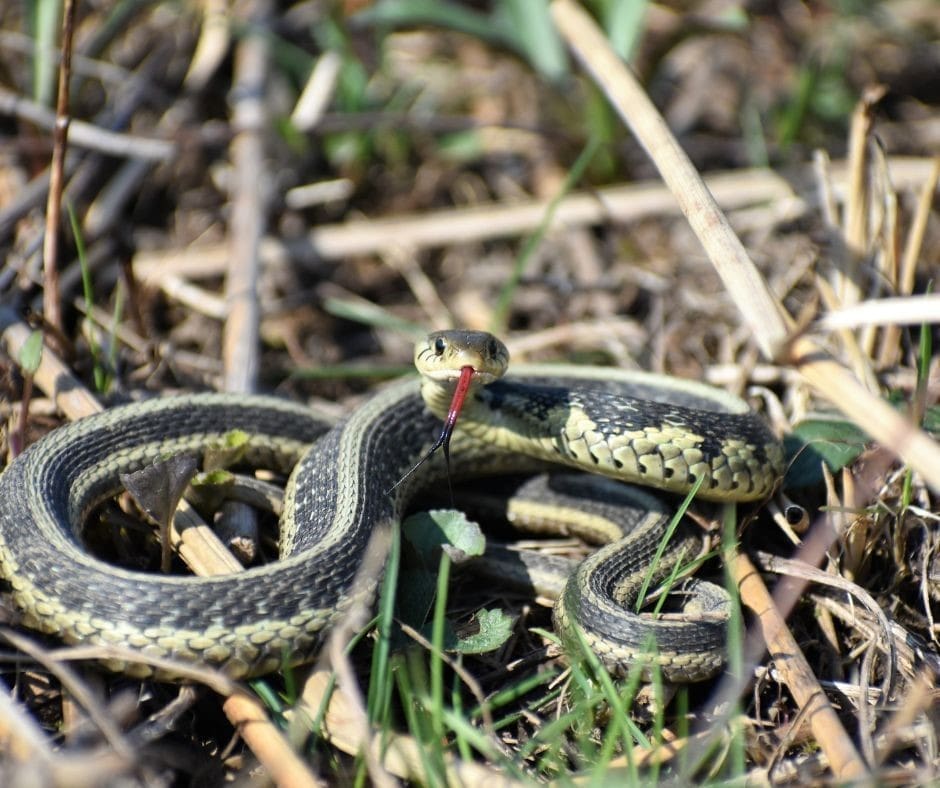By Trish Svoboda
It’s the time of year when snakes emerge from their hibernation. As they do, they become active due to hunger and the necessity to feed, according to Drew Ricketts, a wildlife specialist at K-State Research and Extension.
Out of the 42 species of snakes known in Kansas, only seven are venomous. One of these venomous species – the northern cottonmouth – hasn’t been sighted for nearly three decades. Ricketts encourages learning to identify different snakes, so one can recognize whether a snake is dangerous.
He advises giving all snakes ample space, noting that half of venomous snake bites occur when people handle the snake. Encounters are less likely to be negative if one simply walks away. If snakes venture into unwanted areas, like homes, there are solutions, Ricketts assures.
“You know, snakes can get in through pretty small spaces, and that’s one of the big challenges about avoiding snakes; even a fairly large snake can flatten their body out, so they could get through a space that is one-half inch tall by 1-2 inches wide,” Ricketts said. “And oftentimes, once they get into the house, they start following structure, so they follow walls as they move through the house.”
For individuals who are not particularly scared of snakes, a method to get rid of them is to first ensure it’s not venomous. Then, using a stick or a similar instrument, immobilize its head, securely grasp it just behind the neck, and gently set it free outdoors.
For those who fear snakes, Ricketts suggests large glue traps as an alternative. He advises purchasing traps specifically labeled ‘for snakes’. These can be positioned against a wall in the house, where they can catch snakes that move along the wall. To prevent pets from getting stuck in the glue traps, place them behind furniture, desks, washing machines, or other areas not typically accessed by pets.
Ricketts said that homeowners can deter snakes from their yards by minimizing hiding spots like rocks, landscaping pavers, brush piles, building materials, and tall vegetation. He said maintaining a tidy yard by regularly mowing the lawn, preventing weed growth, and removing any clutter can significantly help in keeping snakes at bay.













